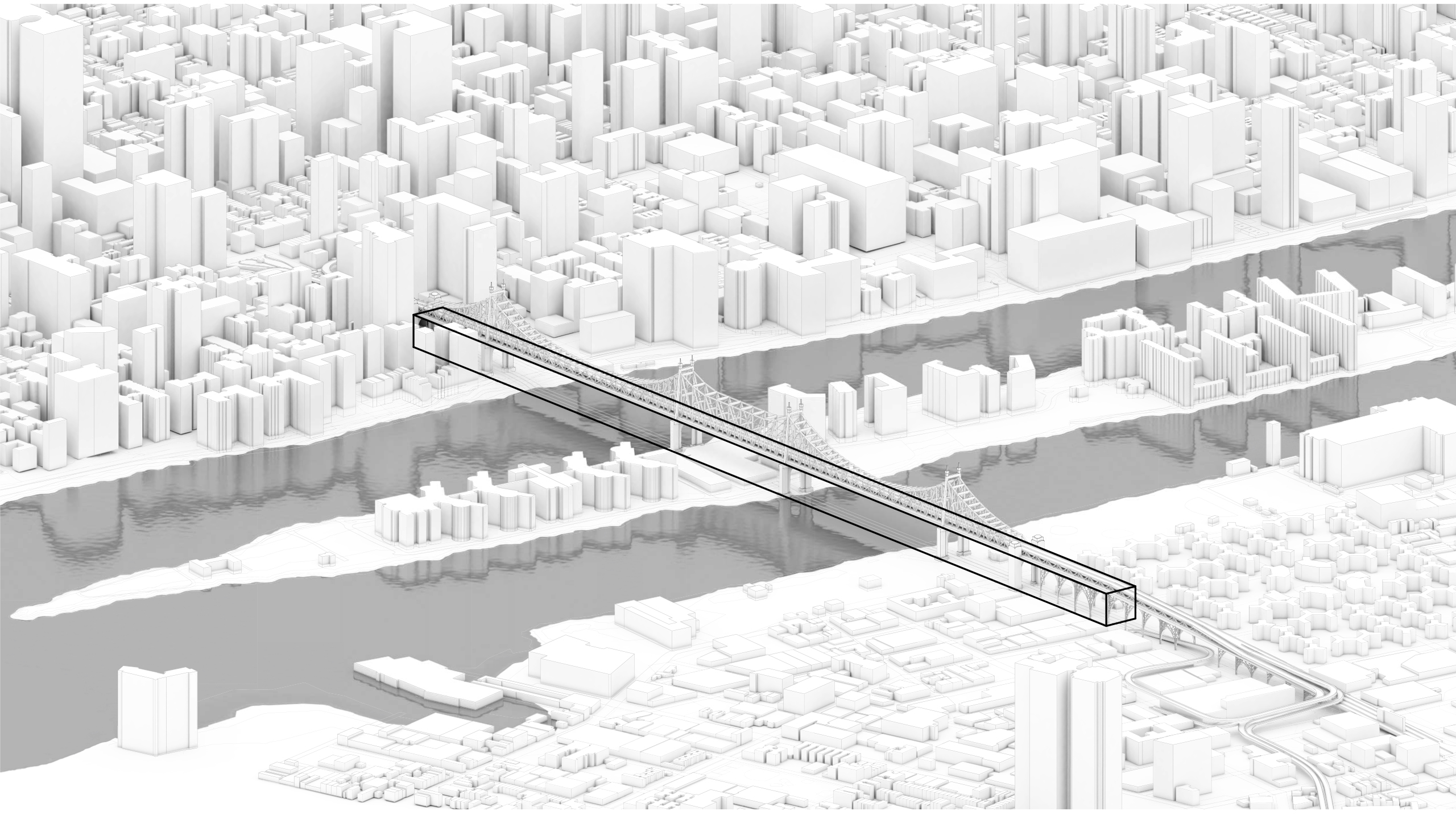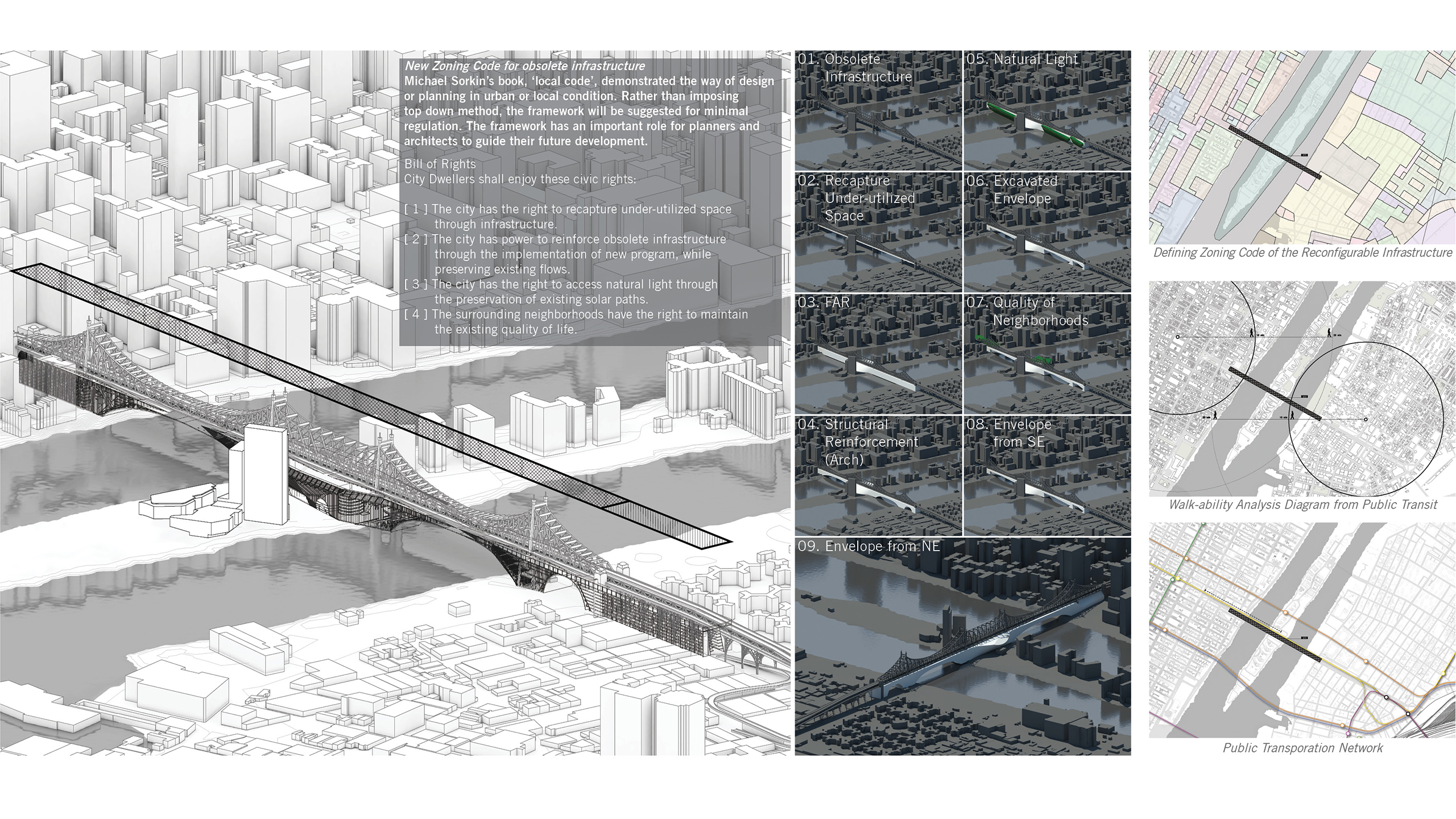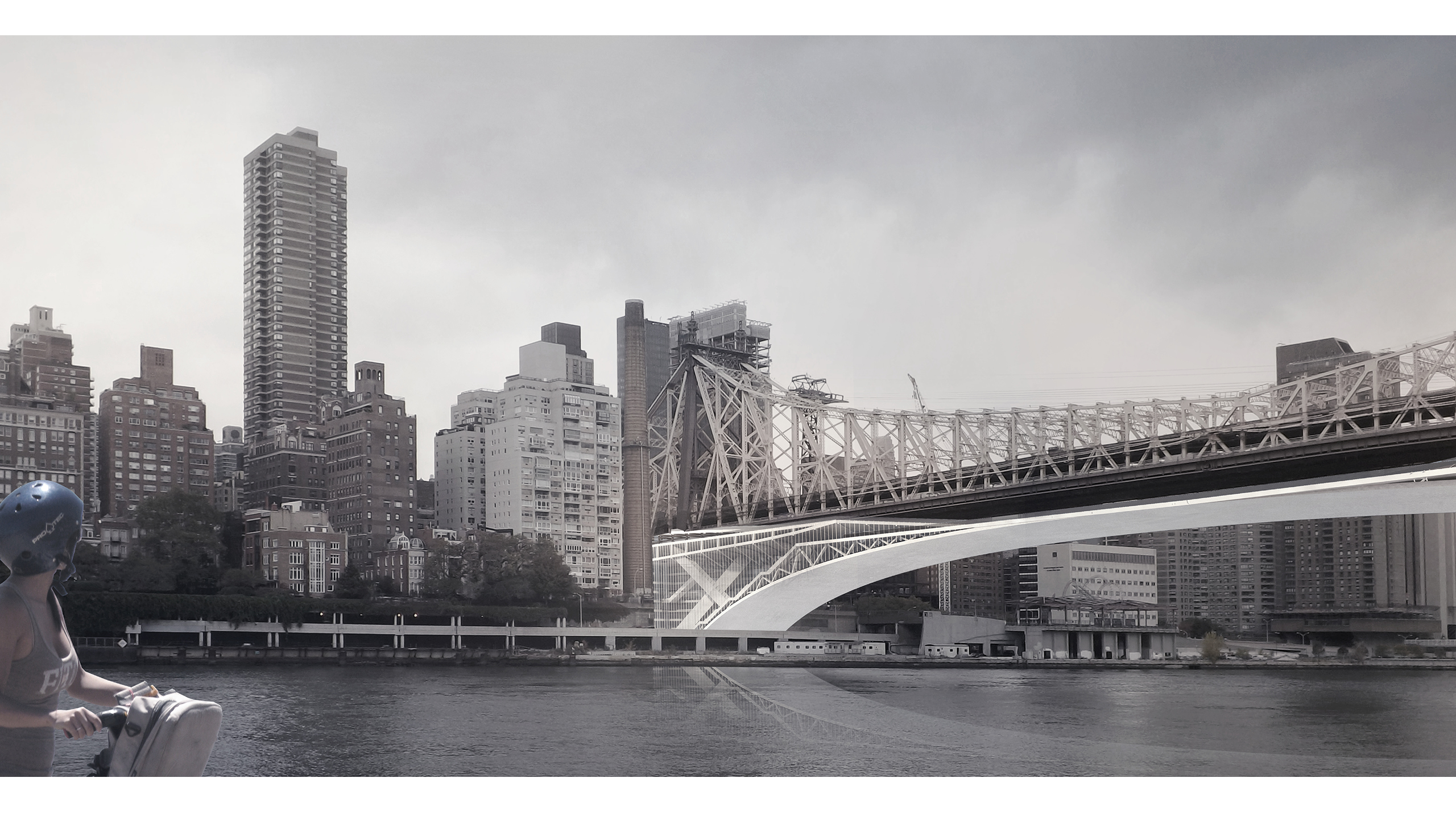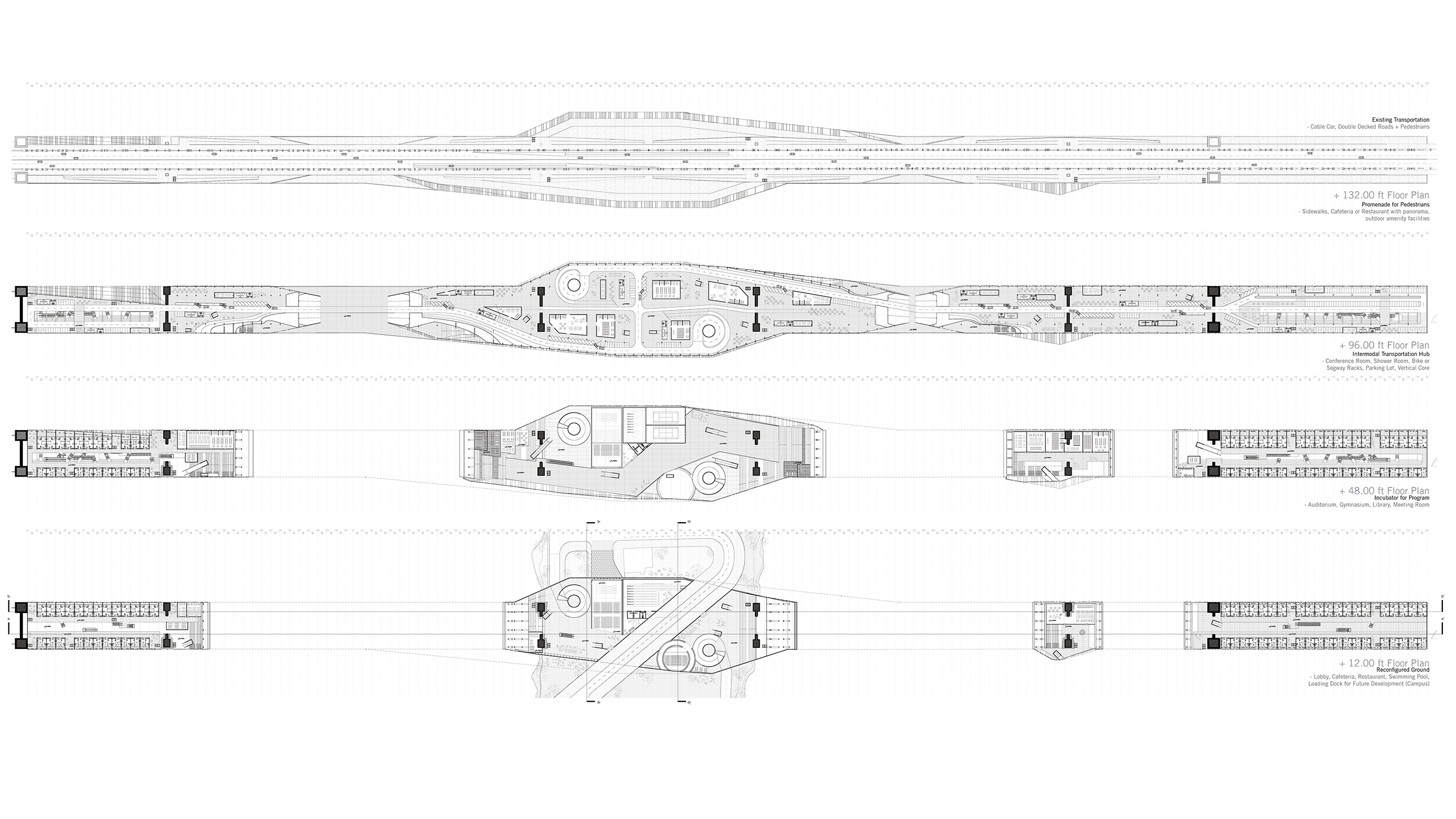Prologue
Last summer, I-5 Skagit River Bridge suddenly collapsed into the river when an over-height truck was stuck in 2013. At the same time, two vehicles with three people fell with the span. Along the same vein, in 2007, Minneapolis I-35W Bridge suddenly collapsed. These two accidents show the unforeseeable nature of infrastructure in the city in terms of reliability. In the late 19th century, the advent of automobiles, such as cars and trains radically transformed the city and the life of people. Accelerating automobiles’ speed seemed like a good idea at the time, so the road widened and highwaytified in city for expanding traffic volumes. Yet, it turned out that infrastructures such as bridges, highways and railways cause safety threat, high cost of maintenance and hazardous environmental impact. Traffic congestion, increasing road maintenance and parking costs, a lack of mobility for non-drivers are followed as a major problem in the world. So, the question arose, is abandonment or demolition inevitable? Many cities have saved and innovatively re-purposed obsolete, dysfunctional and sometimes historic infrastructure such as viaducts and aqueducts. We could identify the notion of obsolescence which was a static, yet it can be redefined as a dynamic organ. So the vision of this project is a finding ideas of re-configurable infrastructures to be a regenerative figure.
Development
Architecture continuously have evolved with demands, thus it is time to think and redefine with a different perspective for accommodating viable and resilient city. Recent shift in paradigms challenge the current approach the relationship between infrastructure and architecture, fronting new questions as to what role architects plays in developing new frameworks for reconfiguring obsolete infrastructure. The changing architecture forces societies to turn to an examination of current usage and the subsequent programs bridge provides not limited technological innovation.
Climax
The bridge could be understood as a permanent installation for functional necessity connecting point A to point B, yet contemporary maintenance deferrals and changes in mobility have rendered many of these structures obsolete. All in all, within these contexts, it provokes, how can we utilize the obsolete infrastructure and provide resilient system, while increasing capacity of passengers and releasing congestion and energy consumption? As an architect, can we feasibly preserve and transform it to serve new purposes and catalyse new activities?
Epilogue
Obsolete infrastructures can be redefined through series of retrofits providing an autonomous system that links the cities. Enacted zoning revolutions promote a self-sufficient, walk-able infrastructure that will serve as a pedestrian friendly network.

































![[Production Urbanism; Daegu as a Circular City] published in 2023.
임동우 교수님의 큐레이팅으로, 총 9개의 해외 학교와 건축가들과 함께 작업한 "생산도시", 순환도시로써의 대구, 책이 출간되었습니다.
As part of the Daegu Global Studio, total 9 teams have participated to this publication to explore and develop the discourse of Production Urbanism, having Daegu as the study area. Through a solid body of essay, each author shows critical perspectives on the theme and shares wide range of proposals from piecemeal urban interventions to futuristic infrastructue.
총 9개의 팀이 참가하였고, 작은 조각에서부터 미래의 인프라스트럭쳐 스케일까지 폭넓고 다양하게 각 학교 교수님들과 건축가들의 생각을 담았습니다.
It was a such a huge previlage to work with other fantastic architects/educators/thinkgers and to have this wonderful book together.
다양한 생각을 가진 건축가, 교수님들과 함께 일하고, 이 한 권의 책을 함께 작업할 수 있음에 크게 감사드립니다.
Project Team Leader: Myoungjin Kim @_hmmhomhum
Design Lead: Taerim Kim @tae.rimu
Team: Seyoung Choi, Jiseong Kang, Inseo Park @sezeropic, @jisec_k, @inseo__park
Credits:
Editor : Dongwoo Yim
Essay Editor : Semi Park @semi0615
English Proofreader : Natalie Ferris
Book Designer : Heesun Koo
Global Studio Professors :
Xiaojun Bu @xiaojun_bu
Calvin Chua @calvin.chua
John Doyle @dr_john_doyle
Soomeen Hahm @soomeenhahm
Christoph Hesse @christophhessearchitects
Jaebong Jeon @jaebong_ss2
Kwanghyun Lee
Keunyoung Lim @buenosaires1999
Mio Tsuneyama @miotsuneyama
Yingfan Zhang @yingfan_zhang
Participating Architects :
John Hong @johnhong_pa
Sunggi Park @studiosunggipark
감사합니다.
Thank you
#ssp #studiosunggipark #book #archi #architecture #architecturaldesign #daegu #futuecity #publication #nextnewarchitect
#박성기 #박성기교수 #박성기건축가 #건축가박성기 #에스에스피건축사사무소 #건축 #디자인 #책 #도시 #대구 #출판](https://sspsup.com/Ver6/wp-content/uploads/2023/12/412593447_385997837218623_2692570283038139245_n-320x320.jpg)
![[Production Urbanism; Daegu as a Circular City] published in 2023.
임동우 교수님의 큐레이팅으로, 총 9개의 해외 학교와 건축가들과 함께 작업한 "생산도시", 순환도시로써의 대구, 책이 출간되었습니다.
As part of the Daegu Global Studio, total 9 teams have participated to this publication to explore and develop the discourse of Production Urbanism, having Daegu as the study area. Through a solid body of essay, each author shows critical perspectives on the theme and shares wide range of proposals from piecemeal urban interventions to futuristic infrastructue.
총 9개의 팀이 참가하였고, 작은 조각에서부터 미래의 인프라스트럭쳐 스케일까지 폭넓고 다양하게 각 학교 교수님들과 건축가들의 생각을 담았습니다.
It was a such a huge previlage to work with other fantastic architects/educators/thinkgers and to have this wonderful book together.
다양한 생각을 가진 건축가, 교수님들과 함께 일하고, 이 한 권의 책을 함께 작업할 수 있음에 크게 감사드립니다.
Project Team Leader: Myoungjin Kim @_hmmhomhum
Design Lead: Taerim Kim @tae.rimu
Team: Seyoung Choi, Jiseong Kang, Inseo Park @sezeropic, @jisec_k, @inseo__park
Credits:
Editor : Dongwoo Yim
Essay Editor : Semi Park @semi0615
English Proofreader : Natalie Ferris
Book Designer : Heesun Koo
Global Studio Professors :
Xiaojun Bu @xiaojun_bu
Calvin Chua @calvin.chua
John Doyle @dr_john_doyle
Soomeen Hahm @soomeenhahm
Christoph Hesse @christophhessearchitects
Jaebong Jeon @jaebong_ss2
Kwanghyun Lee
Keunyoung Lim @buenosaires1999
Mio Tsuneyama @miotsuneyama
Yingfan Zhang @yingfan_zhang
Participating Architects :
John Hong @johnhong_pa
Sunggi Park @studiosunggipark
감사합니다.
Thank you
#ssp #studiosunggipark #book #archi #architecture #architecturaldesign #daegu #futuecity #publication #nextnewarchitect
#박성기 #박성기교수 #박성기건축가 #건축가박성기 #에스에스피건축사사무소 #건축 #디자인 #책 #도시 #대구 #출판](https://sspsup.com/Ver6/wp-content/uploads/2023/12/412679081_681811997151964_5298672909336197188_n-320x320.jpg)
![[Production Urbanism; Daegu as a Circular City] published in 2023.
임동우 교수님의 큐레이팅으로, 총 9개의 해외 학교와 건축가들과 함께 작업한 "생산도시", 순환도시로써의 대구, 책이 출간되었습니다.
As part of the Daegu Global Studio, total 9 teams have participated to this publication to explore and develop the discourse of Production Urbanism, having Daegu as the study area. Through a solid body of essay, each author shows critical perspectives on the theme and shares wide range of proposals from piecemeal urban interventions to futuristic infrastructue.
총 9개의 팀이 참가하였고, 작은 조각에서부터 미래의 인프라스트럭쳐 스케일까지 폭넓고 다양하게 각 학교 교수님들과 건축가들의 생각을 담았습니다.
It was a such a huge previlage to work with other fantastic architects/educators/thinkgers and to have this wonderful book together.
다양한 생각을 가진 건축가, 교수님들과 함께 일하고, 이 한 권의 책을 함께 작업할 수 있음에 크게 감사드립니다.
Project Team Leader: Myoungjin Kim @_hmmhomhum
Design Lead: Taerim Kim @tae.rimu
Team: Seyoung Choi, Jiseong Kang, Inseo Park @sezeropic, @jisec_k, @inseo__park
Credits:
Editor : Dongwoo Yim
Essay Editor : Semi Park @semi0615
English Proofreader : Natalie Ferris
Book Designer : Heesun Koo
Global Studio Professors :
Xiaojun Bu @xiaojun_bu
Calvin Chua @calvin.chua
John Doyle @dr_john_doyle
Soomeen Hahm @soomeenhahm
Christoph Hesse @christophhessearchitects
Jaebong Jeon @jaebong_ss2
Kwanghyun Lee
Keunyoung Lim @buenosaires1999
Mio Tsuneyama @miotsuneyama
Yingfan Zhang @yingfan_zhang
Participating Architects :
John Hong @johnhong_pa
Sunggi Park @studiosunggipark
감사합니다.
Thank you
#ssp #studiosunggipark #book #archi #architecture #architecturaldesign #daegu #futuecity #publication #nextnewarchitect
#박성기 #박성기교수 #박성기건축가 #건축가박성기 #에스에스피건축사사무소 #건축 #디자인 #책 #도시 #대구 #출판](https://sspsup.com/Ver6/wp-content/uploads/2023/12/412571446_658587389546611_5010014612688135934_n-320x320.jpg)
